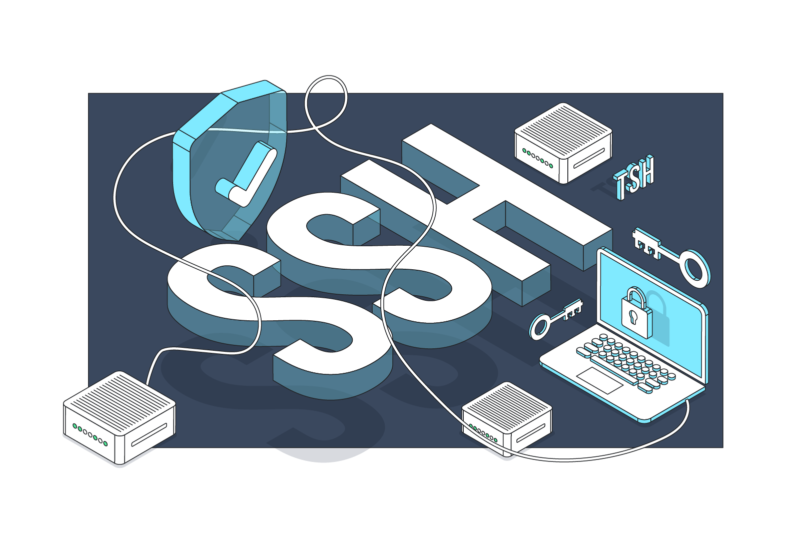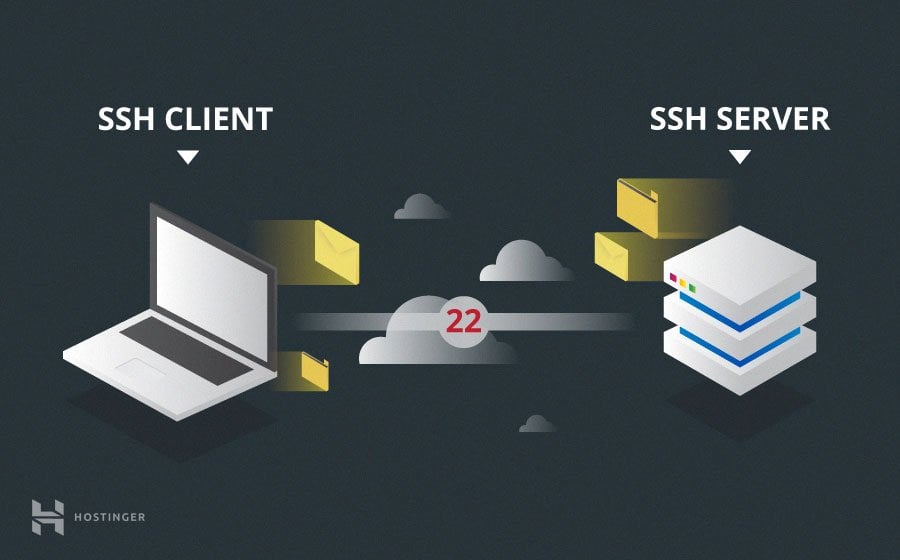Master RemoteIoT Web SSH: Your Guide To IoT Device Access
In today's interconnected world, is remote access truly a necessity for managing the sprawling network of Internet of Things (IoT) devices? Yes, it is. RemoteIoT Web SSH provides a secure and efficient conduit for controlling these devices from virtually anywhere, fundamentally reshaping how we interact with and maintain our connected infrastructure.
The proliferation of IoT devices, from smart home appliances to industrial sensors, has created an unprecedented need for robust remote management solutions. This article delves into the capabilities of RemoteIoT Web SSH, an essential tool for developers, system administrators, and IoT enthusiasts alike. We'll explore its setup, security features, configuration options, and troubleshooting techniques. The objective is to equip you with a comprehensive understanding of this vital technology, ensuring you can confidently manage your IoT devices remotely.
| RemoteIoT Web SSH: Technical Specifications | |
|---|---|
| Protocol: | Secure Shell (SSH) |
| Encryption: | AES (Advanced Encryption Standard), RSA, ECC |
| Authentication: | Username/Password, Public Key Authentication |
| Interface: | Web-based, Command Line Interface (CLI) |
| Compatibility: | Wide range of IoT devices and platforms (Linux, Unix-based systems, etc.) |
| Key Features: | Secure Remote Access, Configuration Management, Performance Monitoring, Troubleshooting |
| Port Forwarding: | Supported |
| Logging: | Configurable logging preferences |
| Automation: | Script automation for repetitive tasks |
| Integration: | Integration with third-party monitoring tools |
| Reference: | Wikipedia: SSH |
At its core, RemoteIoT Web SSH is designed to provide secure remote access to IoT devices using the SSH protocol. This protocol, a cornerstone of secure communication over unsecured networks, offers a reliable and encrypted channel for managing devices. This approach allows users to perform critical tasks like configuration adjustments, performance monitoring, and troubleshooting from any location with an internet connection. The user-friendly web interface further simplifies this process, making it accessible to users of varying technical proficiencies.
What is RemoteIoT Web SSH?
RemoteIoT Web SSH represents a sophisticated solution for managing IoT devices through a secure shell (SSH) protocol. It grants users the ability to connect to their devices via the internet, facilitating configuration management, performance monitoring, and issue resolution from any location. Built upon SSH, a cryptographic network protocol, RemoteIoT Web SSH offers a secure communication channel over unsecured networks, enhancing the remote management experience through its user-friendly interface.
Why Use RemoteIoT Web SSH?
The popularity of RemoteIoT Web SSH among IoT professionals stems from several key advantages:
- Enhanced security via encrypted connections is paramount in an era of increasing cyber threats.
- An easy-to-use interface streamlines remote device management, appealing to both beginners and seasoned experts.
- Compatibility across a broad spectrum of IoT devices and platforms makes it a versatile solution.
- A cost-effective solution, especially for managing large-scale IoT networks, reduces the need for costly on-site visits.
Setting Up RemoteIoT Web SSH
Prerequisites
Before embarking on the RemoteIoT Web SSH setup, ensure the following prerequisites are met:
- Save Big With Halfcom Coupon Codes Your Ultimate Guide
- Erome Megam Fox The Future Of Tech What You Need To Know
- An IoT device compatible with SSH capabilities.
- An active internet connection on both the device and the computer used for management.
- The necessary credentials (username and password) for accessing the IoT device.
Step-by-Step Setup Guide
Follow these simple steps to establish your RemoteIoT Web SSH connection:
- Download and install the RemoteIoT Web SSH client on your computer. Many solutions offer web-based access, eliminating the need for a dedicated client.
- Launch the client or access the web interface and enter the IP address or hostname of your IoT device.
- Input the required credentials when prompted, ensuring accuracy to avoid authentication failures.
- Establish the connection. Once connected, you can begin managing your device remotely, accessing the command-line interface and performing necessary tasks.
Ensuring Secure Connections
Best Practices for Secure RemoteIoT Web SSH
Security is of utmost importance when managing IoT devices remotely. Adhering to these best practices ensures that your connections remain secure and protected:
- Always use strong, unique passwords for each and every device. Avoid reusing passwords.
- Enable two-factor authentication (2FA) whenever possible to add an extra layer of security.
- Regularly update firmware and software to patch vulnerabilities and mitigate potential risks.
- Restrict access to trusted IP addresses or networks to limit the attack surface.
Encryption and Authentication
RemoteIoT Web SSH utilizes robust encryption and authentication methods to protect your data. The AES encryption standard is frequently used for data transmission, while RSA or ECC keys are typically used for authentication. These protocols ensure that even if a connection is intercepted, the data remains incomprehensible to unauthorized parties, safeguarding your sensitive information.
Configuring RemoteIoT Web SSH
Customizing Your Settings
RemoteIoT Web SSH offers numerous configuration options to align the experience with your specific needs. You can adjust settings such as:
- Port forwarding rules to allow access to specific services running on your IoT devices.
- Connection timeouts to manage the duration of inactive sessions.
- Logging preferences to record activities for auditing and troubleshooting.
Advanced Configuration Tips
For advanced users, RemoteIoT Web SSH provides additional features, enabling streamlined and efficient management:
- Script automation to perform repetitive tasks.
- Integration with third-party monitoring tools to provide comprehensive insights.
- Custom command sets for optimized management workflows.
Troubleshooting Common Issues
Connection Problems
When encountering connection issues, consider these solutions:
- Verify that the device is online and reachable. Ensure the device has a valid IP address and can communicate over the network.
- Check your network settings for any firewall restrictions that might be blocking the connection.
- Double-check that the correct IP address or hostname has been entered. A simple typo can prevent a successful connection.
Authentication Failures
Authentication errors can arise from several causes:
- Incorrect credentials: Verify that the username and password are correct.
- Expired or revoked keys: Check the status of your SSH keys.
- Misconfigured access controls: Review your access control settings to ensure you have the necessary permissions.
Optimizing Your IoT Network
Network Performance Tips
To optimize your IoT network for RemoteIoT Web SSH, consider these strategies to ensure a smooth and efficient experience:
- Upgrade your internet bandwidth to facilitate faster connections, especially if you manage multiple devices or transfer large amounts of data.
- Implement load balancing to distribute the workload across multiple devices and improve performance.
- Use compression to reduce data transfer times and improve the overall responsiveness of the system.
Device Management Strategies
Effective device management strategies are essential for a well-functioning IoT network. Consider these approaches:
- Regularly audit connected devices to ensure they are all authorized and operating as expected.
- Implement automated updates for firmware and software to patch vulnerabilities and ensure optimal performance.
- Monitor device performance metrics to proactively identify and address potential issues.
Benefits of Using RemoteIoT Web SSH
Increased Productivity
RemoteIoT Web SSH streamlines device management, allowing you to focus on more critical tasks. With its intuitive interface and powerful features, you can accomplish more in less time.
Cost Savings
By eliminating the need for on-site visits, RemoteIoT Web SSH reduces travel expenses and downtime. This translates to significant cost savings for businesses of all sizes.
Alternative Tools for Remote Access
Comparison with Other Tools
While RemoteIoT Web SSH is a top choice for IoT device management, other tools offer similar functionalities. Some of these alternatives include:
- TeamViewer
- AnyDesk
- Putty
RemoteIoT Web SSH distinguishes itself through IoT-specific optimizations and strong security features, setting it apart from the competition.
Industry Statistics and Trends
IoT Growth Projections
The IoT market is poised for exponential growth in the coming years. According to a report by Statista, the number of connected IoT devices worldwide is expected to exceed 25 billion by 2030. This underscores the critical need for effective remote management solutions such as RemoteIoT Web SSH.
SSH Usage Trends
SSH remains a dominant protocol for secure remote access. A study by Gartner indicates that over 80% of IT professionals favor SSH for managing remote systems due to its reliability and robust security features.


Detail Author:
- Name : Frederik Ferry
- Username : eldon.graham
- Email : thiel.jaunita@dubuque.info
- Birthdate : 1979-02-12
- Address : 6732 Matt Hills Whiteview, DC 53142-5302
- Phone : 470.217.6923
- Company : Little-Schmitt
- Job : Social Service Specialists
- Bio : Ab quia consequuntur repudiandae iure ipsam nulla. Ea ut neque praesentium corrupti odio vero. Velit hic et dolores consequatur laboriosam veniam quo. Debitis eaque omnis nobis doloremque.
Socials
twitter:
- url : https://twitter.com/lbednar
- username : lbednar
- bio : Sed et quis voluptas. Laborum qui ut suscipit nostrum deleniti. Ut facere neque animi ut voluptate. Recusandae nulla quod ipsam.
- followers : 5728
- following : 991
facebook:
- url : https://facebook.com/lbednar
- username : lbednar
- bio : Aut id et voluptatem consectetur.
- followers : 4899
- following : 2977
instagram:
- url : https://instagram.com/bednarl
- username : bednarl
- bio : Velit aperiam quaerat recusandae nemo nostrum vel. Est dolores expedita fugiat rerum est excepturi.
- followers : 3258
- following : 1242
tiktok:
- url : https://tiktok.com/@bednar1995
- username : bednar1995
- bio : Odit fugiat pariatur cupiditate quisquam id.
- followers : 4493
- following : 2373